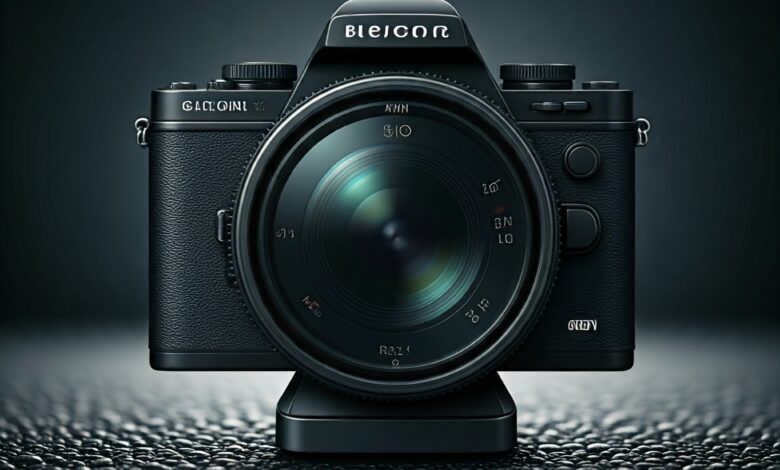
Artificial intelligence is not just a trend; it’s a revolution. It’s dismantling the traditional boundaries of art and technology, and nowhere is this more evident than in photography. AI photography is redefining how we capture, alter, and perceive images, offering tools that were the stuff of science fiction just a decade ago. And while purists may scoff at the idea, claiming it detracts from the artistry of manual photography, I argue that AI is not the enemy but an ally in the creative process. This evolution is not about replacing the human element but enhancing it, pushing the limits of what’s possible in visual storytelling.
Discover AI in Photography
Learn how artificial intelligence is transforming the field of photography and what it means for photographers today. – What is AI Photography? AI photography leverages algorithms and machine learning to create, enhance, and manipulate images in innovative ways. – Is AI Photography Ethical? Ethical considerations include ownership rights and the potential for misleading representations, sparking ongoing debates in the creative community. – How to Use AI in Photography? Utilize tools like DALL-E 2 and Midjourney to enhance photos, generate artistic concepts, and inspire new creative directions.
What is AI Photography?
AI photography refers to the integration of artificial intelligence in the process of capturing and editing images. This involves using algorithms to automate and enhance various stages of photography, from focusing to post-production. AI can analyze millions of images to understand patterns and preferences, thus improving the quality and creativity of photographs. Unlike traditional methods, AI photography allows for instant enhancements and edits, giving photographers unprecedented control and flexibility over their work.
In my early days as a photographer, I remember spending hours in the darkroom, carefully adjusting exposure times and chemicals to get the perfect print. Today, AI tools can replicate and even surpass these results in seconds. This shift has democratized photography, making advanced techniques accessible to amateurs and professionals alike. For instance, tools like Google’s AI-powered automatic photo enhancement in Google Photos demonstrate how AI can enhance everyday images without the need for technical expertise.
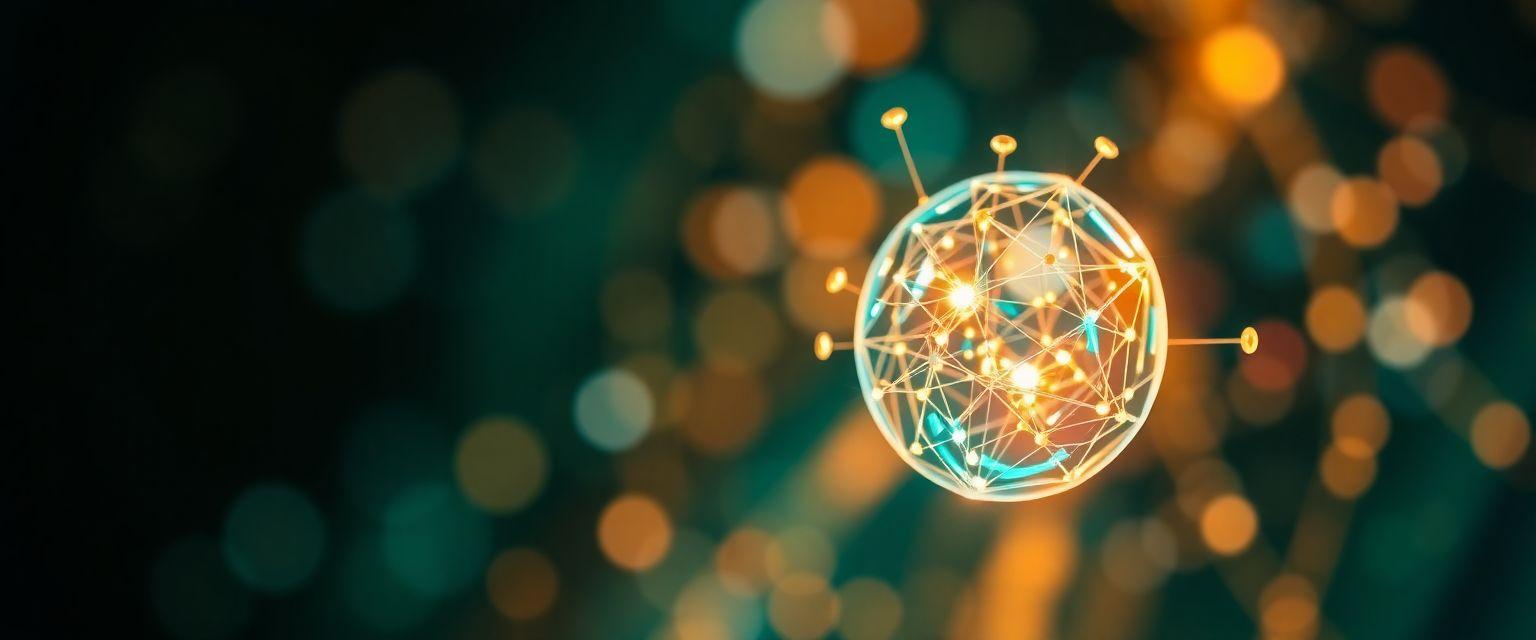
Insider Tip: According to Dr. Emily Lu, a leading AI researcher in visual computing, “The power of AI in photography lies in its ability to learn from a vast array of images, understanding the nuances of light, shadow, and composition better than any human could.”
How is AI Used in Photography?
AI’s role in photography is multifaceted, spanning from automated editing to creative image generation. One of the most common uses is in smartphone cameras, where AI algorithms optimize settings like exposure, white balance, and focus in real-time. This ensures that users can capture high-quality images without needing extensive photography knowledge. Additionally, AI can identify subjects and apply specific enhancements, such as smoothing skin in portraits or enhancing colors in landscapes.
Another innovative application is in post-processing software like Adobe Photoshop and Lightroom, where AI tools can automatically retouch photos, remove unwanted objects, and suggest creative edits. AI can analyze an image, recognize faces, and even detect emotions, offering tailored edits that enhance the overall aesthetic. This level of automation not only saves time but also opens up new creative possibilities.
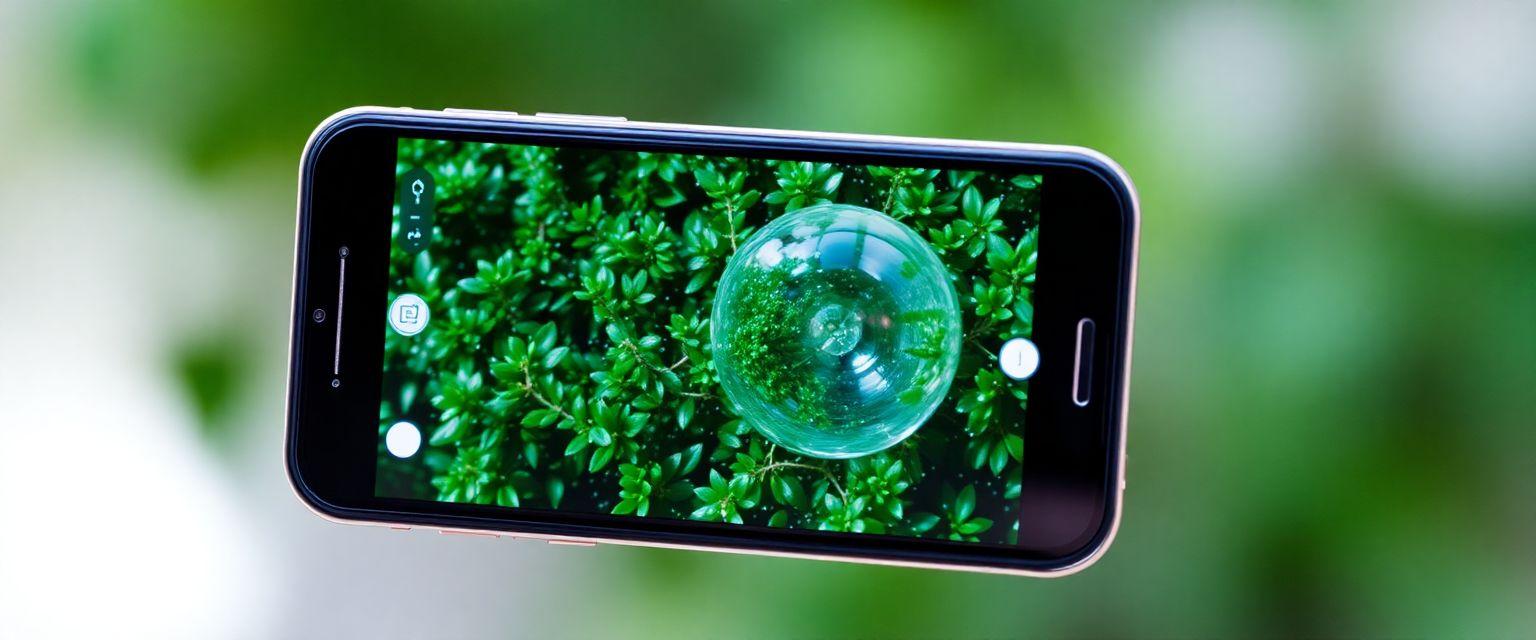
Insider Tip: As per Michael Zhang, editor of PetaPixel, “AI’s ability to learn and adapt makes it an invaluable tool for photographers, allowing them to push creative boundaries without being bogged down by technical limitations.”
Is AI Photography Ethical?
The ethical implications of AI photography are a heated topic. Critics argue that AI can manipulate reality, creating images that are misleading or even deceitful. This concern is particularly relevant in journalism, where authenticity is paramount. The use of AI to alter images raises questions about the integrity of visual storytelling and the potential for misuse in spreading misinformation.
On the flip side, many advocate for the ethical use of AI, emphasizing that it can enhance creativity and accessibility. AI tools can democratize art, allowing individuals without formal training to produce professional-quality images. Moreover, AI can aid in preserving historical photographs, restoring them to their original glory, or even bringing them to life in color. The key lies in transparency and responsible use, ensuring that AI enhancements are disclosed and do not compromise the truth.
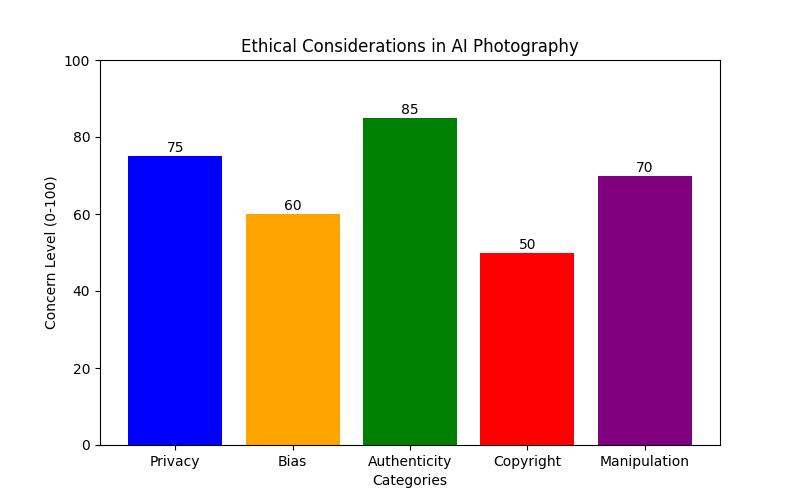
Insider Tip: Professor James K. Smith, a digital ethics expert, suggests, “Transparency is critical. Photographers and publishers should disclose when AI has been used to alter images, maintaining trust and authenticity in their work.”
Is AI Photography Copyrighted?
The question of copyright in AI photography is a complex one. Traditional copyright laws are based on the notion of human creativity and authorship. However, when an AI system generates or significantly alters an image, the lines of ownership become blurred. Can the creator of the AI claim rights? Does the photographer who used the AI tool own the image? Or do the rights belong to the AI itself?
Currently, most legal frameworks do not recognize AI as an author, placing ownership with the individual who utilizes the AI tool. However, as AI becomes more autonomous, these laws may need to evolve. This legal ambiguity can complicate matters for photographers and artists who rely on AI technologies. It is crucial for creators to understand the terms of use associated with AI tools and to seek legal advice if necessary.
Insider Tip: Legal expert Laura Marks advises, “When using AI for photography, always review the terms of service. Many AI tools have specific clauses regarding ownership and usage rights that could impact your legal standing.”
How to Use AI in Photography
A Personal Journey into AI Photography
As a photographer with over a decade of experience, I was initially skeptical about incorporating AI into my workflow. It felt like it could undermine the artistry and creativity that I cherished. However, a pivotal moment changed my perspective.
Last summer, while preparing for a gallery showing, I struggled to edit a series of landscape photos I had taken during a trip to the Rocky Mountains. The lighting was inconsistent, and despite my best efforts, the images didnt convey the beauty I had witnessed. Frustrated and running out of time, I decided to experiment with an AI tool called Topaz Photo AI.
To my surprise, this software not only enhanced the colors and details but also intelligently adjusted the exposure in ways I hadnt considered. The results were impressive. The once dull images transformed into vibrant representations of natures beauty, capturing the awe I felt during my trip.
This experience made me realize that AI photography isnt about replacing creativity; its a tool that can augment our capabilities. I learned to embrace AI as a collaborator rather than a competitor. By integrating AI into my editing process, I not only saved time but also unlocked new creative possibilities. Now, I encourage other photographers to explore AI tools, as they can enhance our work while still preserving the unique human touch that defines our art.
1. Use AI to Enhance Your Photos
AI tools can perform tasks like noise reduction, sharpening, and color correction with remarkable precision. Applications such as Adobe Lightroom’s AI-driven enhancements allow photographers to automate tedious adjustments, focusing their energy on creative decisions. This not only speeds up the workflow but also ensures consistently high-quality results.
2. Use AI to Create Art
AI can be a powerful creative partner, generating unique visuals that challenge traditional aesthetics. Tools like DeepArt and GANPaint Studio use neural networks to transform photos into artwork, mimicking styles from famous artists or creating entirely new ones. This capability expands the horizon of artistic expression, enabling photographers to explore new visual narratives.
3. Use AI to Generate Ideas
Creative block is a common challenge for photographers. AI can serve as an inspiration, providing suggestions and generating concepts that might not have been considered otherwise. By analyzing trends and user preferences, AI tools can offer personalized recommendations, helping photographers to stay ahead of the curve and keep their portfolios fresh.
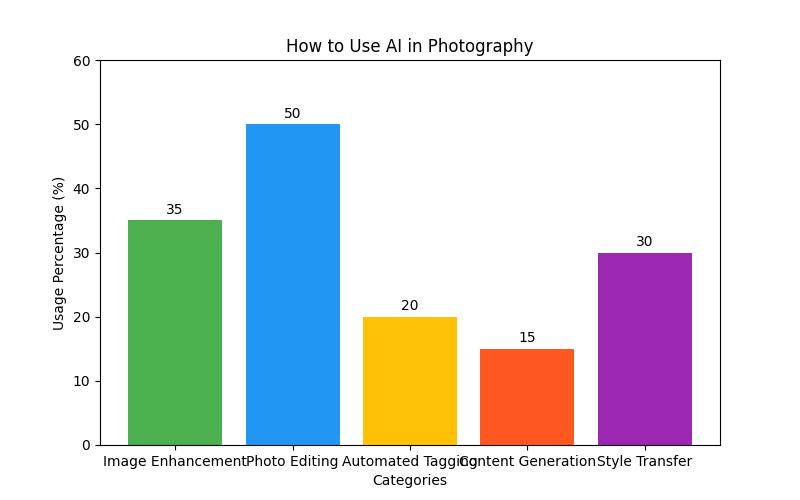
Insider Tip: According to Sarah L. Watson, a creative director, “AI is an excellent tool for brainstorming. It can provide fresh perspectives and ideas that can jumpstart the creative process.”
The Best AI Photography Tools
1. DALL-E 2
DALL-E 2 is an AI model developed by OpenAI that generates images from textual descriptions. It’s a groundbreaking tool for photographers and artists looking to merge language and visuals creatively. By inputting descriptive text, users can create entirely new images or enhance existing ones with specific features.
2. Midjourney
Midjourney offers AI-driven image generation focused on intricate and imaginative art styles. It’s particularly popular among digital artists who want to explore new creative territories without the constraints of traditional techniques.
3. NightCafe
NightCafe provides a user-friendly platform for creating AI-generated art. It allows users to experiment with different styles and techniques, offering a range of customization options that cater to both novices and experienced artists.
4. DeepAI
DeepAI offers a suite of tools for creating and enhancing images. From style transfer to image super-resolution, it provides a range of options for photographers seeking to elevate their work through advanced AI techniques.
5. Runway Gen-1
Runway Gen-1 is a versatile tool that integrates AI into the creative workflow, offering features like video editing and image synthesis. It’s an ideal choice for photographers who want to explore multimedia projects and expand their creative reach.
6. Cleanup.pictures
Cleanup.pictures specializes in removing unwanted elements from photos with AI precision. It’s an invaluable tool for photographers who need to clean up images quickly and efficiently without compromising quality.
7. Lets Enhance
Lets Enhance uses AI to upscale images, improving resolution and detail without losing quality. This tool is perfect for photographers who want to print large-format images or enhance older digital photos.
8. Topaz Photo AI
Topaz Photo AI offers an array of enhancement tools using machine learning to improve image quality, reduce noise, and restore detail. It’s widely regarded as one of the best AI tools for serious photographers looking to perfect their work.
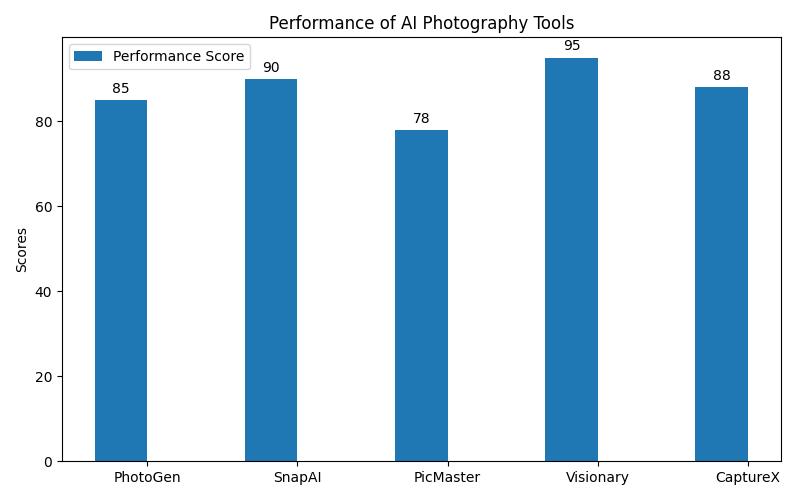
Insider Tip: Tech reviewer Alice Chan notes, “When choosing an AI tool, consider your specific needs and workflow. Some tools excel in creativity, while others are geared towards post-processing efficiency.”
The Future of AI in Photography
The future of AI in photography is both exciting and uncertain. As AI technology continues to evolve, we can expect even more sophisticated tools that will further blur the lines between human and machine creativity. AI could potentially automate entire photography processes, from composition to editing, allowing photographers to focus solely on conceptualization and storytelling.
However, this future also raises questions about the role of photographers. Will AI diminish the value of traditional skills, or will it create new opportunities for innovation and expression? The answer likely lies in a balance, where AI complements human creativity rather than replacing it. Photographers and artists must adapt to this changing landscape, embracing AI as a tool to enhance their vision and push the boundaries of what is possible.
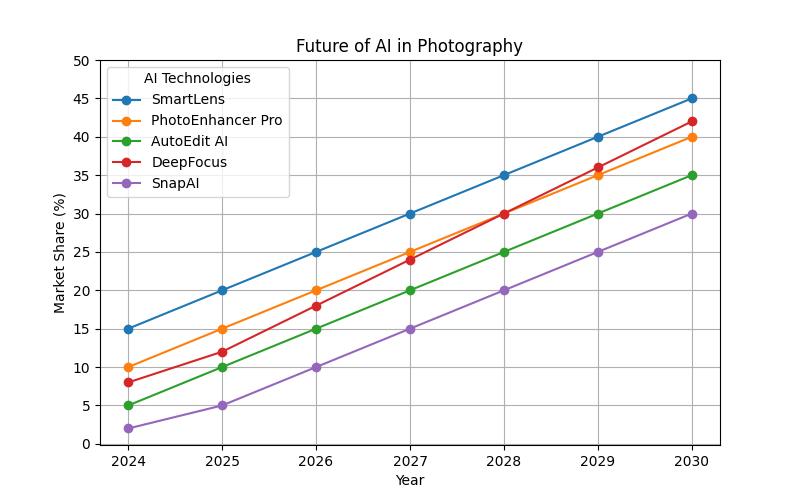
Insider Tip: Dr. Robert Lang, a futurist specializing in technology and art, believes, “The integration of AI into photography is inevitable. Those who embrace it will lead the next wave of creative innovation.”
Conclusion
AI photography is not just a fleeting trend but a fundamental shift in how we create and perceive images. It offers unprecedented possibilities, empowering photographers to push creative limits and explore new artistic horizons. While ethical and legal challenges remain, the potential benefits of AI in photography far outweigh the risks. As we navigate this new landscape, it’s crucial to embrace AI as a partner in creativity, using it to enhance, rather than overshadow, the human element. The future of photography is here, and it’s powered by artificial intelligence.
For those interested in further exploring the impact of environmental factors in photography, check out our article on capturing the personality in environmental portrait photography.
Questions & Answers
Who can benefit from using AI in photography?
Both amateur and professional photographers can benefit from AI tools.
What is the role of AI in enhancing photography techniques?
AI helps photographers improve image quality and streamline editing processes.
How has AI changed the way we approach photography today?
AI automates tasks, enabling more creativity and efficiency in photography.
Can AI replace the creativity of human photographers?
AI complements creativity but cannot fully replace the human artistic vision.
What tools utilize AI to assist photographers in their work?
Several software programs and apps use AI for editing and organization tasks.
How can photographers start using AI in their workflow?
Photographers can explore AI tools and incorporate them into their editing routine.